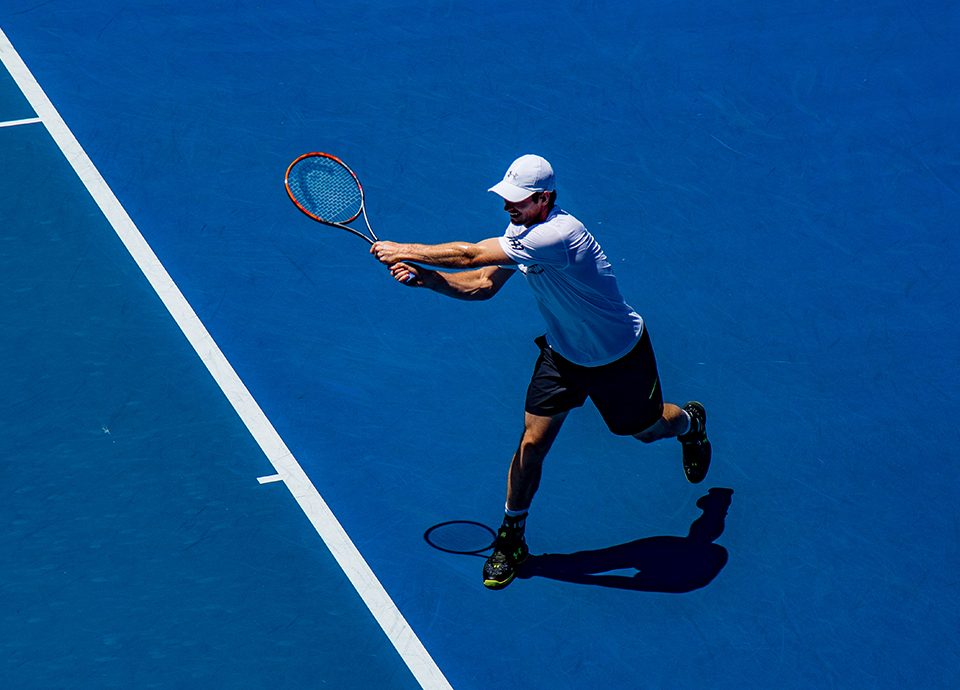
A Simple Guide to Arthritis Surgery
May 31, 2017
Staying Active After a Hip Replacement
July 31, 20177 Things You Should Know About ACL Injuries

If you are someone who enjoys sports, it is likely that you are familiar with ACL injuries. When sports fans hear that their favorite player has suffered an ACL tear, it seems to go without saying that the athlete will be out-of-commission for some time. Professional athletes aren’t the only ones who experience this type of injury, however; in fact, it is a prevalent injury for non-professional athletes engaged in vigorous activities that involve a lot of running, jumping, or side-to-side movement. ACL injuries are hard to miss – symptoms appear quickly and should not be ignored.
What exactly is the ACL and why are these injuries so difficult when it comes to treatment and recovery? Here’s what you need to keep in mind if you are one of those active people who could be at risk for this type of injury.
The ACL is one of the most commonly injured ligaments in the knee.
The Anterior Cruciate Ligament (ACL) runs diagonally through the middle of the knee and helps to stabilize the joint. Because of its prominent location and the role it plays in keeping the knee in place during physical movement, the ACL is more prone to injury than some of the other ligaments that make up the knee joint. Annually, about 200,000 people in the United Stated suffer some level of damage to their ACL, with about 50% of those injuries requiring knee surgery as part of their treatment.
About 50% of ACL injuries involve injury to another part of the knee.
About half the time, an injury to the ACL doesn’t occur alone. In the instances where another portion of the knee experiences damage, it is usually to the menisci (the cartilage surrounding the knee cap) or to other ligaments within the knee. When damage occurs to multiple structures within the knee, it can make treatment more complicated and can sometimes mean a longer period of recovery from the injury.
Female athletes are more prone to ACL injuries.
Medical professionals are not exactly sure why this is the case, but women tend to be more susceptible to ACL tears and injuries than men. Once reason could be the anatomy of the knee itself, specifically something called the intercondylar notch. This recessed area is located where the femur (thigh bone) and the knee connect. In women, this notch is smaller, leading to restricted movement of the ACL especially during twisting movements.
There is also the combination of women having wider hips but less strength in the buttock, hip, and upper leg muscles, all of which put added strain on the knee. These factors mean that any impact from running, jumping, or a change in direction involves added knee pressure, which could lead to an ACL injury.
Many ACL injuries don’t require any direct impact to the knee.
A direct impact with another player, object, or the ground is not required to cause an ACL tear. Often, these injuries do not involve any impact at all. Instead, a sudden change in movement causes the damage, usually involving twisting movements. The movements are often described as “out-of-control,” such as a side-step movement that doesn’t go quite right, or a landing from a jump that is not as clean as it should have been. These moments of instability within the knee can easily lead to ACL tears.
An ACL injury usually involves the knee feeling unstable.
There are many symptoms of an ACL tear, including a sudden “popping” sound, pain, swelling, and a loss of motion. However, the most common indicator that there is a problem unique to this ligament is a feeling of instability in the knee when weight is put on the joint. Athletes may try to walk and find that the knee feels like it is about to collapse when tasked with supporting the weight. If these symptoms sound familiar, it’s time to make an appointment – ACL injuries do not heal well on their own.
ACL injuries don’t always require surgery, but opting for non-surgical treatment can be risky.
For ACL injuries that involve only a partial tear, it may be possible to rely only on physical therapy for treatment. The issue with relying solely on physical therapy for ACL injuries is that the patient must be prudent after recovery to avoid injuries due to instability within the knee. If a second injury occurs, it is likely to be more severe and could lead to permanent inabilities to participate in a beloved sport or activity.
This is not to say that 100% of ALC injuries require surgery. These injuries have the potential to cause long-term damage, and doctors want to be as certain as possible that treatment is done right the first time. As in all cases, the physician and patient will work together to find a treatment path that is right for the patient’s lifestyle, goals, and overall well-being.
ACL surgery generally involves using a tendon graft to heal the injury.
In the past, sutures were used to sew together a tear in the ACL, but studies have shown that this practice fails over time. Now, the preferred method for dealing with ACL tears is using a tendon graft, usually from either the patellar, quadriceps, or hamstring tendons. The graft is used to reconstruct the ACL, leaving patients with a fully functioning knee joint (after proper recovery care and therapy, of course). This type of surgery has a much lower failure rate over time and allows the patient to return to an active lifestyle usually after 8-12 months of rehabilitation and rest.
If you suspect you have an ACL injury, don’t wait to seek treatment – please give us a call at (434) 244-8412 to schedule an appointment.



